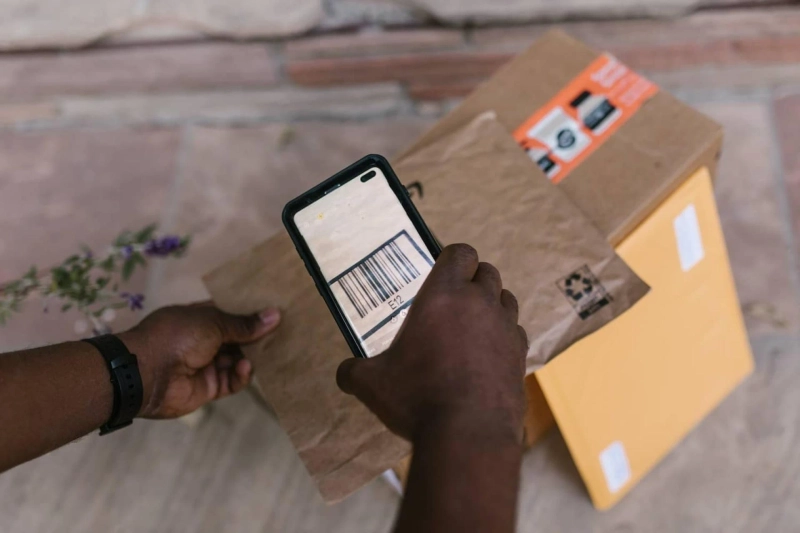There are some clear advantages for getting employees to embrace mobile capture of documents and information. Much of it is because employees are already doing a lot of work on their mobile devices. Thus, organizations that figure out how to best leverage this fact can stand to improve efficiencies, insights, and security. Here are some critical considerations for adding mobile capture to workflows.
Getting Started
First up is to get the team to buy-in. Clear policies and procedures should be established to help ensure uniformity. Once set up, the advantages are real. According to a report by The Aberdeen research firm, slightly more than half of the organizations with mobile workflows have real-time visibility to all processes, compared to 19 percent of organizations with no mobile workflows. In addition, almost three-quarters of organizations with mobile workflows have ready-to-go non-compliance management procedures in place compared to 22 percent of organizations with no mobile workflows. Obviously, this can spare certain businesses from added costs stemming from non-compliance fines, security breaches, and more.
Dealing with paperwork and combining it with digital processes continues to be an end-goal for a lot of organizations across a lot of industries. And, entire industries are undergoing monumental shifts, such as in healthcare. Finance organizations still commonly deal with paperwork, as do government, retail, and many more. And, in many cases, they’ll be doing so for the foreseeable future.
Information Centralization
Front office, back office, and field or mobile users must be able to access a centralized storage pool regardless of their locations. This has long been understood. Thus, a centralized application should be able to support desktop digital information entry alongside mobile captures to process paper-based procedures. For example, front office staff at a clinic might capture a patient’s ID card via a desktop or mobile scan app. It can then be uploaded where their insurance carrier might have access to validate the patient’s coverage more efficiently. Having set up your workflow around a centralized system that ensures mobile capture, whether digital or paper-based, empowers greater and simpler collaboration.
Notifications about essential data changes can go to key staff so things get done on time. Finding data becomes easier, adding to an organization’s efficiency. Version control can also be possible, helping ensure proper archiving or collaboration. Reporting also becomes more accurate for better accountability and improvements. These just scratch the surface. Before you can arrive at this holy grail of productivity, there are required acknowledgments, which can also help get staff buy-in. First, you should recognize and accept existing workflow problems. This can help set a clear path to more well-rounded considerations for processes that will truly help.
Useful Tools
There are key technology enablers to maximize mobile capture and integration into the organization. OCR technology should be used to extract text that is part of an image to be converted into content that can be manipulated, stored, shared, etc. Barcodes are equally as powerful in capturing content while mobile. Any organization looking to leverage mobile capture must consider if OCR and barcodes might also have benefits. Naturally, mobile capture should allow people to use their smartphones. There are mainly two ways – create a native app or web app with cross-platform support.
If you’re set on building an app, remember that you’ll have to support different mobile platforms and also continually revise it as updates to the smartphone’s operating systems occur. For such reasons, organizations may also consider building an application that allows people to use the browser on their phone. With it, users can access your web-based document management and capture application. The use of a cross-browser and cross-device web-based application also extends its reach to other devices: desktops, laptops, and tablets. So, the number of updates required for OS changes is minimized.
Information Backup
Today, it should go without saying that ensuring your organization’s information is backed up is as critical as having centralized access to it. There are so many things that can go wrong and leave you without access to your information. Natural disasters include earthquakes, fires, floods, hurricanes, lightning, etc. Mechanical or human mistakes can include hard drive failures, coffee spills, and more. Malicious intent could include arson, hacking, theft, and more.
Mobile capture is more critical than ever to an organization’s workflow. And, paperwork doesn’t appear to be going away as rapidly as some suggest. Research from the Association for Information and Image Management (AIIM) found that only six percent of organizations surveyed claim to have achieved a paperless office.
Mobile capture is critical to digitizing an office, and employee buy-in for mobile capture is vital too. But, none of this is possible without effective application reach. This means ensuring the capture application people will use can be conveniently used across varying devices. It also means ensuring backup and recovery plans are in place. After all, workflow continuity is critical to workflow efficiencies.


